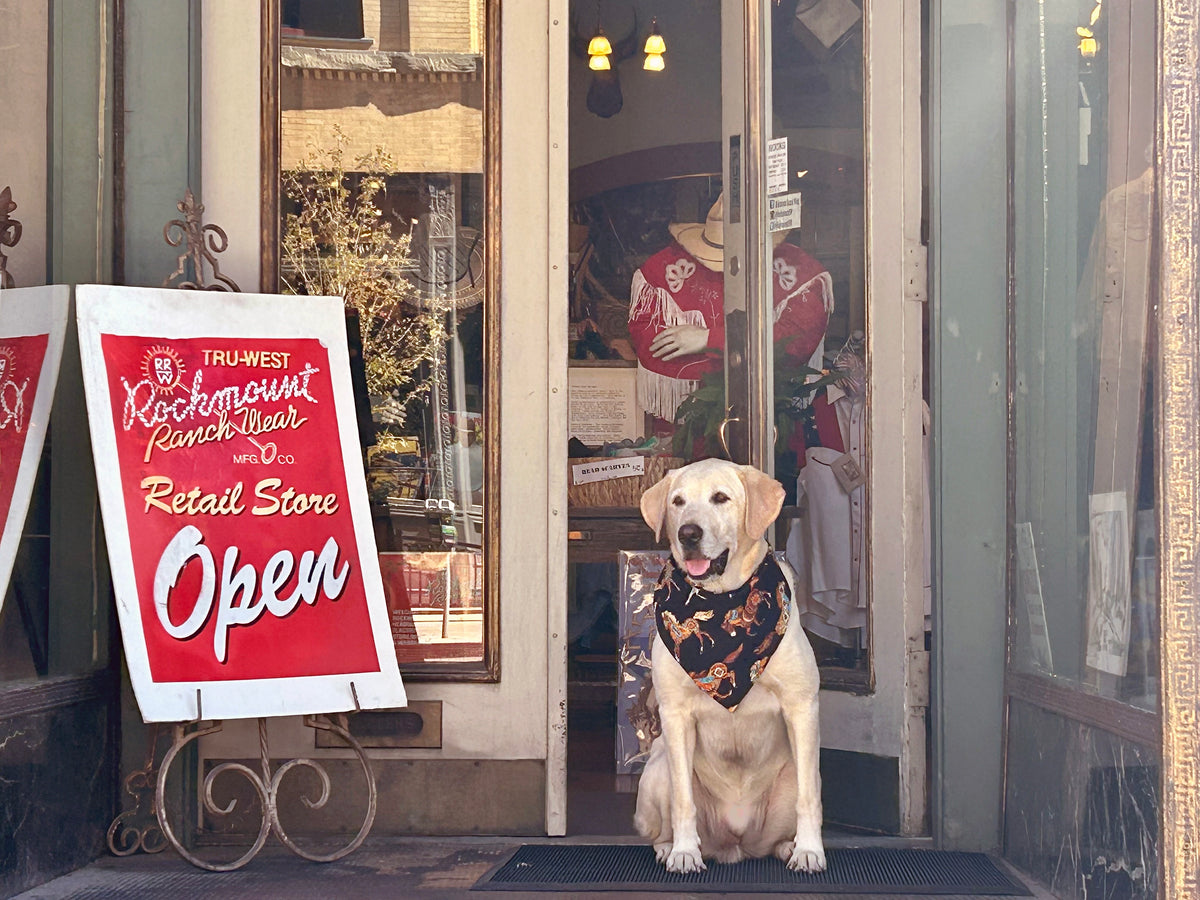The Economist - Jack Weil

Jack Weil
Jack A. Weil, patriarch of western clothing, died on August 13th, aged 107
Print edition | Obituary
Aug 28th 2008
IN THE annals of fashion the snap-fastener, or press-stud, holds a humble place. Few care that it was invented in Germany, as the Federknopf-Verschluss, in the 1880s. Not many appreciate that some varieties have discs and grooves, while others boast sockets with studs. And almost no one considers that they give a man style. But Jack Weil did.
Bottom of Form
Mr Weil reckoned that a cowboy on a horse, if wearing a shirt with buttons, was liable to get snagged on sagebrush or cactus or, worse than that, get a steerhorn straight through his fancy buttonhole. He was pretty certain, too, that a cowboy losing a button would feel disinclined to sew it on again. The answer to all those difficulties was to make shirts with snap-fasteners. And for 62 years, in a red-brick warehouse in the LoDo district of Denver, Mr Weil did exactly that.
He also added a few more customisings. Pockets with sawtooth flaps, to keep tobacco in; a yoke fit, to broaden out the shoulders; body-hugging seams, to show the fine muscles of a cattleman; and deep cuffs. The hats, belts, buckles and bolo ties, which he also commercialised, were optional. But the snap-fasteners were de rigueur: topped with pearl and backed with tin, square or circular or diamond-shaped, strong enough to pass without cracking through the wringer of a 1940s washing-machine, and flash enough to turn heads on the streets of Denver on a Saturday night. “A cinch”, as Mr Weil proudly said.
Until he created his shirts, there was no distinctively western look in American couture. There were cowboys; but they wore dusty working clothes, accessorised with sweaty bandannas and clanking spurs, that no one much cared to copy. Indeed, Mr Weil early on in his career made work-gear for cowboys, and learnt an important fact: they had no money. If he wanted to make any money himself, he would have to appeal not to the catwalk instincts of cattlemen, which were hard to spot, but to wannabe easterner cowboys who lived in, say, New York. Fortunately, there were plenty of them.
His shirts, sold after 1946 through his company, Rockmount Ranch Wear, became extremely famous. The Premium Blue Flannel Plaid was worn by Ronald Reagan, and the Pink Gabardine by Bob Dylan. Eric Clapton liked the diamond-snap number; Robert Redford in “The Horse Whisperer” wore a rayon plaid. Mr Weil's company clad Elvis Presley, John Travolta and almost everyone, gay or straight, in “Brokeback Mountain”. It also made the shirts, in red, white and blue, for the Colorado House delegation at this year's Democratic convention. Mr Weil very narrowly missed seeing them, but that would not have troubled him. He thought that “any young man worth his salt” ought to be a Democrat; but that once he had a bit of money, the only way to keep hold of it was to turn Republican.
In his long, long life, Mr Weil accumulated plenty of simple business sense. He knew J.C. Penney, and thought him smart. Levi-Strauss was a nice fellow, but got too big for his britches; Sam Walton, founder of Wal-Mart, was a “hillbilly son of a bitch”. Walton constantly harassed him to supply Wal-Mart with shirts, but Mr Weil never wanted any customer to take more than 5% of his business. He felt he would lose control that way, and he considered discounters low-life in general. What mattered were two things, quality, and knowing the customer: which was why, until a few weeks before his death, “Papa Jack” was always to be found from 8am till noon at his front desk in the company store on Wazee Street, poring over the past-due accounts and shaking hands with whoever came in, asking “Where you from?” and frequently being astounded at the answer.
Republican or not, globalisation was lost on him. He insisted that his shirts were manufactured in America. Sure, it cost more than getting them sewn in China; but if Chinese people made them, that would take jobs from Americans and mean they couldn't buy his shirts anyway. When Reagan declared once that America had become a service economy, Mr Weil wrote to him complaining that “where I come from in southern Indiana, servicing meant when you took the mare to the stud.” Reagan gently pointed out to “Jack” that things were less simple in Washington.
Ungartered socks
Much as he loved them, Mr Weil had not begun in shirts. The farm boy had started off, at $25 a week, inspecting navy dungarees, and had moved on eventually to be a travelling rep for Paris Garters (“Not once, but many times”, the advert ran, “she had noticed his ungartered socks crumpling down around his shoe tops.”) His territory ran from the Mexican border to the Canadian. He supposed, diffidently, that he might need a car; though something better than the Model-T Ford he first drove, with wire wheels attached so loosely that if you backed up the street too far, they fell off.
He arrived in Denver in 1928 to find a rough-and-rumble cow-town of 200,000 people, famous mostly for the gold that had been discovered there. By his 107th year, as he noted with wonder, it was a city of 2m; and there was a Jack A. Weil Way in it, besides his own face looking down from the billboards of the Denver Visitors Bureau. And he, his grandson liked to say, had become the Henry Ford of the western look, snap-fasteners and all.
